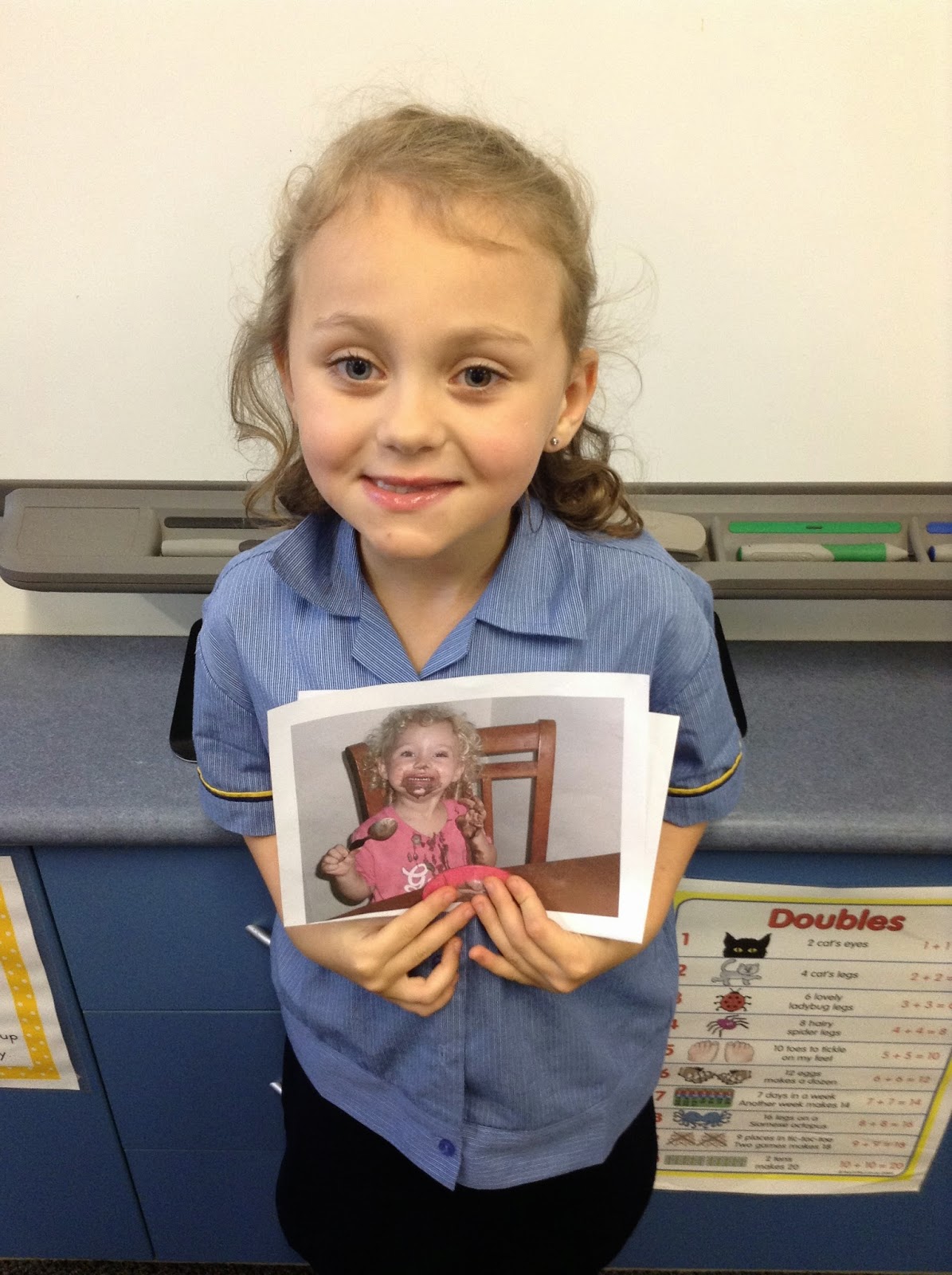Hello Everyone,
We have been learning how to write information reports in 2H over the past two weeks. We have been very lucky to acquire some small touch screen lap tops in our classroom and we are putting them to good use. We have been using the children's search engine, Kid Rex to research our topics as well as a range of books from the library. We are also learning that it is very important to recognise where we get our information from and reference these sources at the end of our report. Together we have written 2 reports as a class. Our first one is about Koalas and our second one is about Italy. You can read these below and there are also some pictures of us researching our topics.
Koalas
By Year 2H
Did you know that Koalas
are endangered animals? There are only
one hundred thousand living which may sound like a lot, but really it is not
that many at all. What makes the Koala
an interesting animal?
What type of animal
is a Koala?
Well it isn’t a bear like
some people think it is. A koala is a
marsupial. Other marsupials are
kangaroos, wombats and possums. Koalas
are born blind with no fur. They live in
their mother’s pouch and after six months they climb out and cling to their
mother’s backs until they are old enough to climb trees themselves.
A Koala’s habitat.
Koalas are found in
Eastern Australia. They live in gum
trees so they can protect themselves from predators on the ground.
What does a Koala
eat?
A koala’s main source of
food comes from their habitat. They
survive by eating the leaves from the gum tree.
These leaves also contain water that the Koala can drink.
What does a Koala
spend it’s time doing?Koalas
are known to sleep nineteen hours a day.
This is because the gum leaves take a long time to digest and the koalas
needs to keep its energy to digest it’s food.
They also spend time climbing trees which they are really fast and good
at. They actually have sticky claws to
help them.
Next time if you are
lucky enough to see a koala, you will now know all about how they exist.
References:
Koalas. By Steve Parish
Say Hello Koalas. By Steve Parish
Koalah the koala. By Jon Rednick & Jan Davis.
Websites:
Animalfactguide.com.au
Italy
By Year 2H
Have you ever been to
Italy? Do you know how fabulous it
is? Here are some interesting facts
about this great country.
Where is Italy?
Italy is located in the
Mediterranean region of Southern Europe. It is surrounded by the Mediterranean
Sea. Italy is shaped like a boot. It is the fifth most visited country in the
world. In the South of Italy you will
find 3 active volcanoes.
Famous Landmarks.
There are many famous
landmarks in Italy. The Colosseum was
were gladiators once fought. It is in
the capital city, Rome. The leaning
tower of Pisa is famous because it leans and it continues to lean a little more
each year. The Pope lives in Italy in Vatican
City.
Fabulous Food.
Italians are famous for
creating food that is popular all over the world. Food like pasta and pizza were first made by
Italians. They make the best in the
world.
As you can see, there are
many wonderful and interesting aspects to Italy. It would be a wonderful place to visit.
References:
Welcome to Italy. By Meredith Costain
A Visit to Italy. By Rachael Bell
Websites:
 |
| Using the laptops for research. |
 |
| Using library books for research. |


























